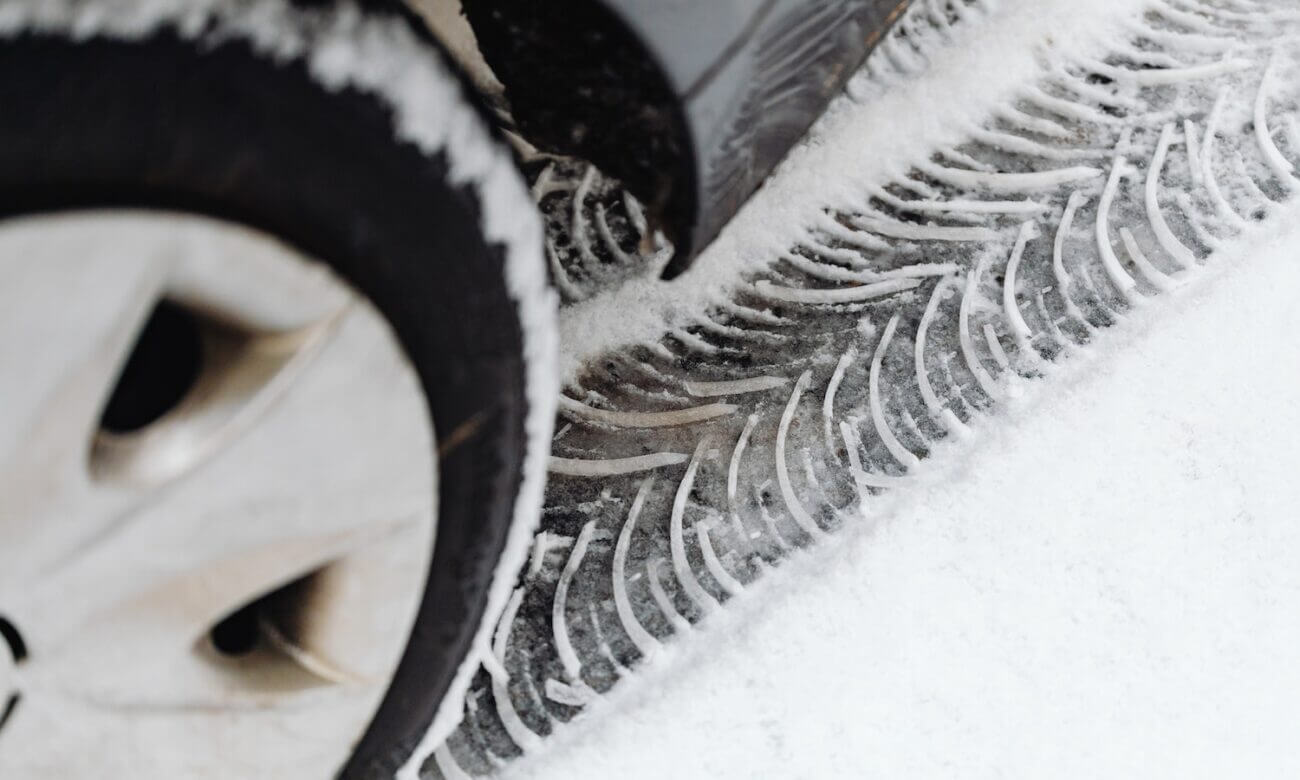After nearly 20 years of testing winter tires in Northern Ontario, I choose to run a non-studded winter tire on my vehicles. For where and how I drive, I don’t find the added cost and noise of studded tires to be worth the benefits. Your results may vary.
How much are winter tires?
Winter tire prices vary vastly depending on the brand of tire, the performance level, the size of the tire, and the application it’s used for. The bigger the wheels on your vehicle, the larger its tires—and its winter tire costs. Winter tires should always be installed in sets of four. If you drive a small car, a low-end set of winter tires might cost you $500, while a mid-grade set may run $700 to $800. High-end winter tires from the most popular brands can push the price closer to $900 or $1,000, though most tire manufacturers offer various winter tire options across a wide range of price points.
If you drive a pickup or SUV, or a high-performing car or coupe that requires more specialized winter tires, the price can easily double. The gist? If you drive a small car or crossover, plan to spend around $800 or $900 on a quality set of winter tires, with that figure climbing well past $1,000 if you go for a top-line tire or a tire in a larger size.
Use caution when selecting a low-cost winter tire. Some brands offer cheap winter tire options that are knock-off copies of more popular tires, and these may not utilize the same tread compound and engineering found in pricier alternatives. You get what you pay for, so buyer beware.
Unsure of how much to spend? Here’s my best bit of advice: Provided you avoid the lowest-cost winter tire options and stick to a reputable brand, you’ll likely find that switching from an all-season tire to a reputable winter tire makes a much bigger difference in wintertime traction than switching from a $150 winter tire to a $200 winter tire.
“Tires for all budgets are available,” says Alka Darichuk, owner of OK Tire Jagare Ridge in Edmonton. “That said, a first-time shopper looking for a set of 225/65R17 size tires should plan to spend between $900 and $1,200 for reputable and quality-brand tires. For example, Toyo Observe GSI6 and G3 ICE models are the most popular in Edmonton.”
Now that you know how much it can cost to buy winter tires, what about how much it can save you? Some drivers use all-season tires year-round to avoid paying for dedicated winter tires, but all-season tires need replacing every three to five years. “The most popular tire size sold in Canada is 225/65R17, which for an all-season tire would be in the $625 to $810 price range,” says Martin Gendron, general manager at tire retailer Blackcircles.ca.
If you use winter tires and switch them out each spring, you can double the life of your all-season set. Plus, by using dedicated winter tires, ultimately you’ll avoid the costs of cold-weather driving accidents due to poor tire performance, including increased insurance premiums. Speaking of which, having winter tires may get you an insurance discount—let your provider know that you use them.
When is the best time to buy winter tires?
According to Darichuk, “The best time to buy winter tires is during the fall, when most tire manufacturers have promotions. Rebates vary between $40 to $100 on select sets of four tires, depending on the manufacturer. They start as early as September 15th until mid-December.”
Don’t wait until the first snowfall to buy tires. Darichuk advises switching to winter tires when the temperature is consistently seven degrees Celsius or below. “Although only British Columbia and Quebec have mandatory winter tire laws, other provinces recommend it, and some even offer incentives,” she says. “Winter weather comes unexpectedly, and you don’t want to be too late. Avoid long wait times and book your appointment ahead. OK Tire offers convenient tire storage. This is an excellent option to save space and ensure you get the most out of your tires while keeping them in good shape.”
How to keep winter tires in good shape
Keeping your tires in good shape reduces waste and saves you money in the long term. As a bonus, healthy tires tend to be more fuel-efficient, too.


